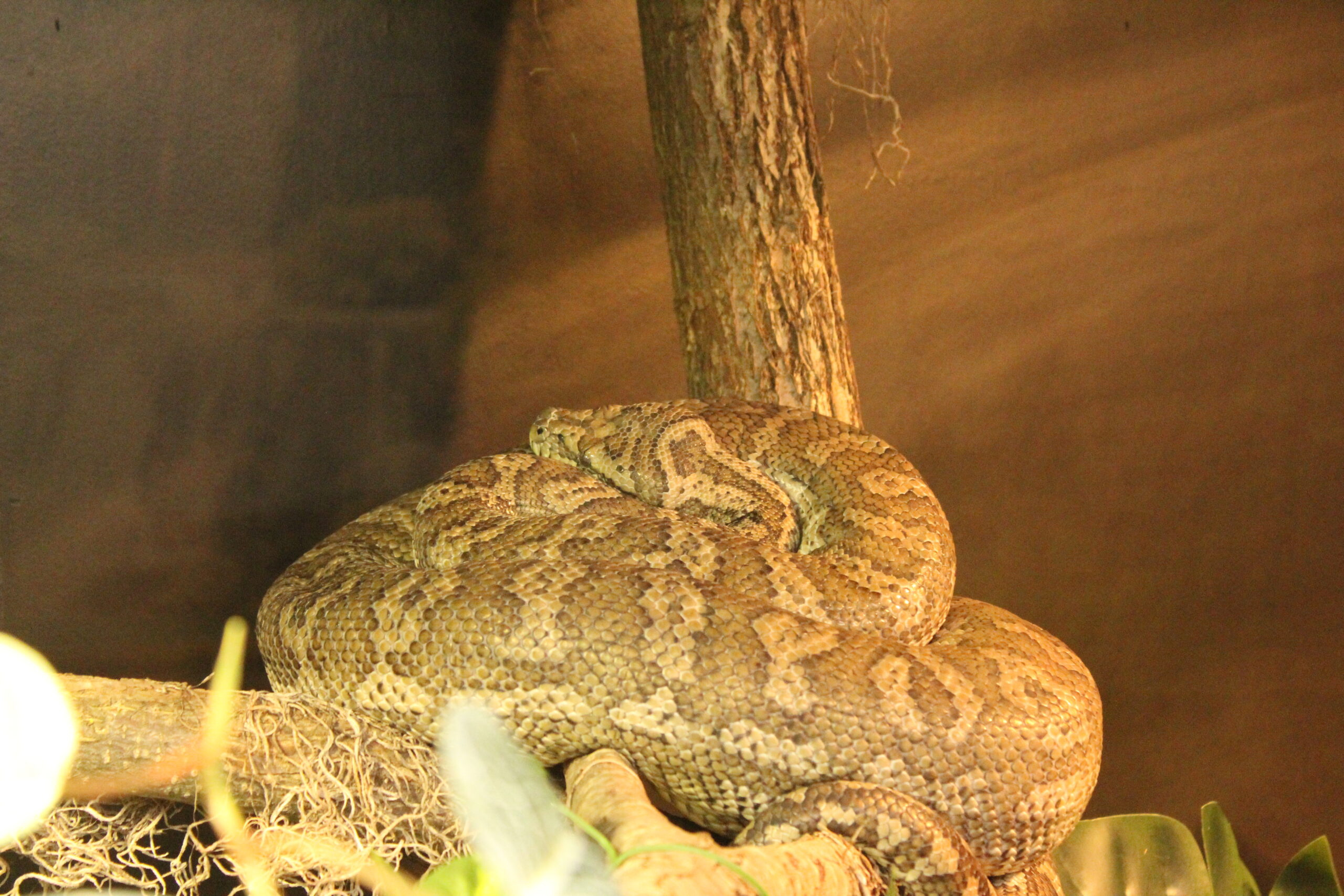JADE:
In our American culture, we often say that “Diamonds are a girl’s best friend,” or “Diamonds are forever.” However, to the Maya, jade is considered a highly prized stone, more than diamonds or even gold. It’s truly fascinating to learn why different cultures put more or less value on certain precious stones than others. For example, Chinese cultures value jade only for its spiritual connection. Just as diamonds are symbols of wealth, status, and even love, for the Maya, Jade is the most coveted gem, both for the wealthy and commoners, as archaeologists discovered jade in all kinds of graves. As you explore Maya: Hidden Worlds Revealed at the Connecticut Science Center, you will notice a variety of artifacts crafted from jade. We will explore how jade was manipulated to be used for various Maya goods, why jade was valued within the Maya civilization, and what jade was used for.
The Mayan culture is particularly fascinated by jade’s beautiful green color. The green hue conjures thoughts of the wind, water, mist, the smell of flowers, and the connection to breath, or as the Maya call it, “Breath soul.” Based on archaeological discovery, it is believed that the ancient Maya created Jade products by easily breaking off their desired pieces using a percussion method, drilling or pecking holes out of jade to make beads, and using abrasive surfaces to smooth out surfaces and make their products shine. This precious stone was also used for jewelry, ornaments, figurines, tooth inlays, and other body modifications. You can read more on my Maya Body Modifications blog post.

Necklace, as seen in Maya: Hidden Worlds Revealed
The ancient Maya used jade during ritual religious gatherings as an offering to the gods, even using it to ensure safe passage to the underworld. Maya royalty placed a jade bead in their relative’s mouth when they were on their deathbed, and then they removed and rubbed it over their face once they passed away because the Maya believed the stone would absorb the person’s soul and spirit.

Maya God Pendant, as seen in Maya: Hidden Worlds Revealed!
Can you think of any other gems or stones, besides diamonds, that we place high value on, like birthstones? Would you ever think to use gems or stones in your own religious or spiritual practices? Do we have our own way of connecting precious gems and stones to those who have passed away, as a way to stay connected with them? It’s interesting to learn how such a small stone can create such a large impact within a culture’s way of life.
THE FOUR BACABS:
The Maya are a polytheistic civilization, which means they believe in many gods. While the Maize God is the deity in the Maya creation story, the four Bacabs were gods believed to have held up the sky.
There are a variety of spirit animals within the Maya stories; however, the turtle holds the most importance in the Maya culture, as it represents the earth. The four Bacabs were brothers, each representing a cardinal direction. It is believed that they can help point you in the right direction, and that as each of the Bacabs hold up their side of the sky, their blood drips down and increases the earth’s fertility. Let’s break down each of the Bacabs to learn more!
- Can Tzicnal is the Bacab of the Northern sky and represented by the color white for the cold northern winds. The Maya also refer to him as Kanzicnal and Mulac.
- Hozanek stands like a pillar and supports the South corner of the sky. He is represented by the color yellow for the golden hue of corn-colored sunlight. He is also called Cauac and Hosanek.
- Hobnil holds up the far eastern corner of the sky and is associated with the color red for the rising sun. He is also known as Kan.
- Zac Cimi holds up the western corner of the sky and is associated with the color black for the color of the sky after sunset. He is also referred to as Ix and Saccimi.
The Bacabs are neither good nor evil, and they are said to be the sons of Itzamna, the supreme deity, and Ixchel, the goddess of weaving, medicine and childbirth. This goddess is referenced in “The Road to El Dorado” in the form of a character named Chel, who helps the leads, Miguel and Tulio, succeed in blending in as Gods to fool the Chief. During the film, Miguel and Tulio ride on the back of a giant turtle, once again referencing another Maya story through the relationship between the bacabs and earth, represented by the turtle.
You can check out pottery figurines of the four Bacabs in Maya: Hidden Worlds Revealed at the Connecticut Science Center:

Immerse yourself in the world of the ancient Maya and explore one of the world’s most complex and advanced civilizations. Reserve your timed ticket in advance of your visit on CTScienceCenter.org.

Sarena Salmeri is an intern for the Maya: Hidden Worlds Revealed exhibit. In her role she helps to educate visitors about various aspects of the Maya Culture, as well as research different Maya ways of life as they live today and have in the past. She is working towards her bachelor’s degree in Cultural Anthropology at Southern Connecticut State University, aspiring to work as an ethnographer and in museum curation. In her free time, she enjoys taking her dog for long walks across town, collecting artwork from the places she has traveled, and reading different ethnography books about a variety of cultures.
Sources:


